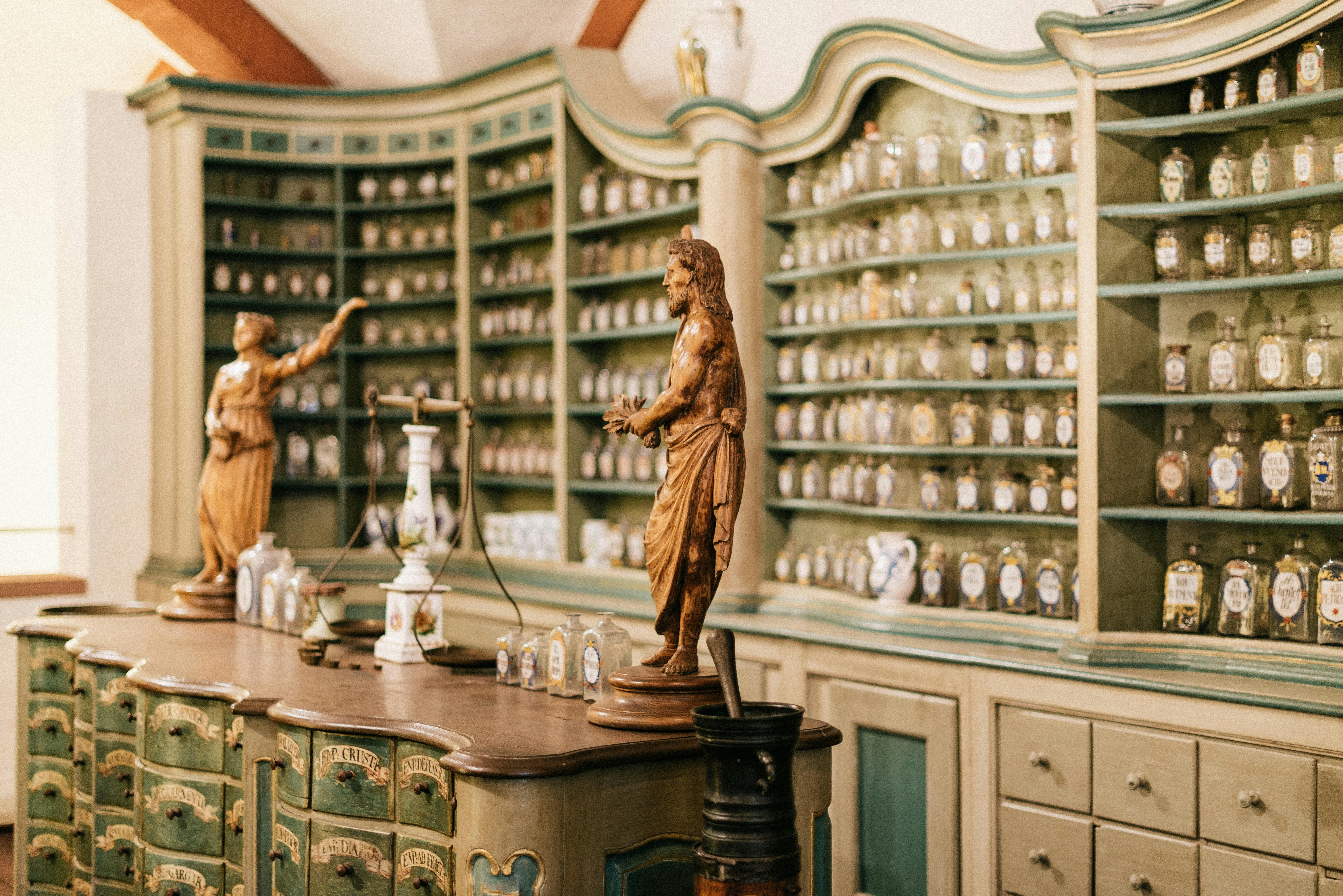
Deep Dive: The Renaissance Cabinet of Curiosities and Its Modern Revival

Deep Dive: The Renaissance Cabinet of Curiosities and Its Modern Revival
Discover the resurgence of cabinet of curiosities and how it enriches modern decor and personal expression. Dive into this captivating trend today!
Origins: Wunderkammer and Renaissance Collector Culture
The 16th century marked the rise of the Wunderkammer, or “wonder-rooms,” which were private collections that blended natural history, art, and curiosities. These cabinets of curiosities emerged primarily in Italy and soon spread throughout Europe, reflecting a growing fascination with the natural world during the Renaissance.
Often referred to as the Age of Exploration, the Renaissance was a time of significant scientific discovery. It was during this period that the concept of the Wunderkammer and cabinet of curiosity took the spirit of inquiry and the desire to dominate and understand the surrounding world. Early practitioners filled their cabinets with objects they found intellectually stimulating or pieces acquired during exploring expeditions.
The contents of a Wunderkammer
Wunderkammer collections typically included three main categories of objects: Naturalia, Artefactual, and Scientifica:
- Naturalia encompassed natural objects from nature, such as botanical specimens, fossils, preserved animals, seashells, gemstones, and various animal specimens.
- The Artefactual category highlighted human artistry and ingenuity, showcasing man-made objects like porcelain, paintings, historical manuscripts, jewelry, and paintings that depicted realistic scenes of nature.
- Scientifica featured scientific instruments, including telescopes, early microscopes, celestial globes, compasses, and clocks, that helped understand and control the natural world.
One prominent example of a Wunderkammer is Ferrante Imperato’s collection in Naples. His natural history collection, documented in one of the earliest illustrations of a curiosity cabinet, “Dell’Historia Naturale,” provides insight into the scientific curiosities of the time. Another notable figure, Ole Worm from Denmark, was a physician who published the contents of his cabinets, showcasing items collected during his travels.
Key Figures: Ole Worm & Ferdinando Cospi
Both Ole Worm and Ferdinando Cospi exemplified the spirit of inquiry that characterized early cabinets of curiosity. Their collections aided in the development of academic research and scientific study. They laid the groundwork for future generations of scholars and collectors.
Natural history cabinet
Ole Worm was a notable figure in seventeenth-century Europe who pioneered the concept of the cabinet of natural history, which he referred to as his “Cabinet of Naturalia.” Throughout his travels across Europe, Worm collected various objects and specimens, including exotic items from distant places in the New World. His eclectic collection included many pieces believed to be mythical creatures, reflecting the era’s fascination with the unknown.
Worm’s passion for the natural world led him to establish the “Museum Wormianum,” a venue dedicated to displaying his extensive collection. This museum became a hub for the wealthy and royal societies, highlighting the growing interest in empirical observation and knowledge acquisition during the 17th century. Worm’s work reflected the evolving attitudes toward new knowledge.
The Bolognese Wunderkammer
Ferdinando Cospi’s contributions to the world of collectors are featured in the Bolognese Wunderkammer. This seventeenth-century cabinet was rich in historical documents and included items from both China and America. Cospi’s collection was incredibly diverse, featuring natural specimens, taxidermied animals, manuscripts, weapons, and various works of art. His Wunderkammer also showcased artificial curiosities of mythical creatures like the Hippocampus.
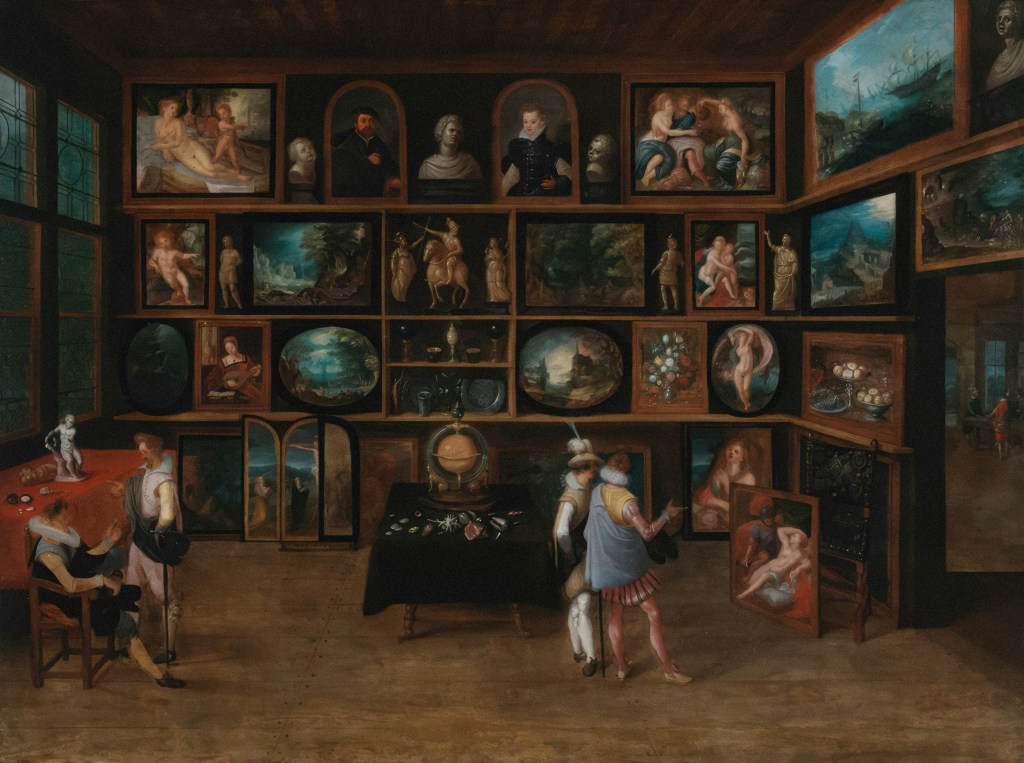
Cabinet vs. Museum: How Wunderkammers Shaped Public Institutions
The evolution from personal cabinets of curiosities to public museums highlights the changing nature of collecting by expanding the role of these institutions in education and cultural heritage. This evolution set the stage for modern curation practices, which continuously adapt to reflect contemporary values and methodologies in museums today.
Cabinet to museum evolution
These early cabinets were initially exclusive collections owned by wealthy individuals and royal societies. They showcased objects from trading voyages and demonstrated the owner’s intellectual curiosity, wealth, and connection to global exploration. The economic prosperity driven by colonial and international trade enabled a new merchant class of affluent collectors.
The selection was often influenced by the curator’s individual interests and political connections. An example is Rudolf II, Holy Roman Emperor, who transformed a wing of his castle into a dedicated space for his collection. His collection included precious metals, gemstones, currency, scientific instruments, and exotic taxidermy, emphasizing his wealth.
Modern museum origins
- British Museum: The roots of modern museums can be traced back to the Enlightenment period in England. One pivotal figure in this transformation was Sir John Soane, an English physician who founded the British Museum. Soane’s collection included specimens he gathered during his time in Jamaica as a personal physician, alongside gifts from botanists, reflecting both scientific inquiry and the collecting practices of the era.
- Tradescant collection: Another significant contributor to the formation of early public collections was John Tradescant and his son, whose interests mirrored the eclectic nature of cabinets of curiosities. Known as Tradescant’s Ark, this collection included a multitude of botanical specimens and exotic animals like a stuffed crocodile, alongside mythical items like a dragon’s egg and a mermaid’s hand. This collection was innovative for its time, as it was one of the first cabinets of curiosity in England to be accessible to the public.
- Ashmolean museum: The legacy of Tradescant’s Ark continued when it was acquired by Elias Ashmole, who sold parts of the private collection to the University of Oxford. This transaction ultimately led to the establishment of the Ashmolean Museum, widely regarded as the first university museum. Many of the original items are now housed in the Oxford University Museum of Natural History.
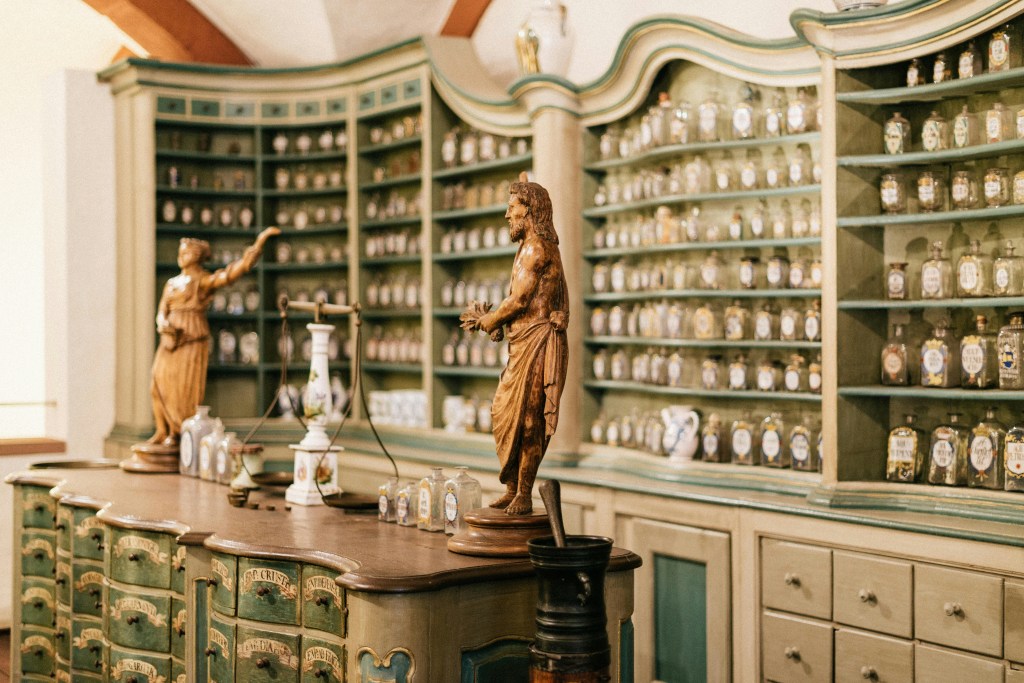
21st-Century Revival: Cabinets Reimagine Home Collections
The modern resurgence of cabinets of curiosities marks a departure from the traditional, rigidly organized displays found in museums.
Revival of the cabinet of curiosities
Contemporary collectors are embracing the old cabinets, focusing on personal collections rather than strict adherence to categorization. This revival celebrates diversity, allowing for a more fluid incorporation of personal history and experience. Increased awareness regarding issues like colonialism has prompted collectors create their own versions of a cabinet of curiosities.
Personal storytelling and connection
Modern cabinets of curiosities prioritize personal storytelling and viewer engagement, encouraging collectors to present objects that invite interpretation and emotional responses. Tactile interaction enhances this experience, allowing viewers to connect with and create their own narratives around the items, deepening their understanding of their significance.
Eclectic display ideas
Eclectic display trends in contemporary cabinets of curiosities highlight a mix of objects from diverse backgrounds. By incorporating natural specimens and handcrafted artifacts, collectors can craft visually engaging arrangements that invite exploration. Unique display methods, like unconventional shelving and glass domes, enhance storytelling and encourage conversation about the meanings and histories of each piece.
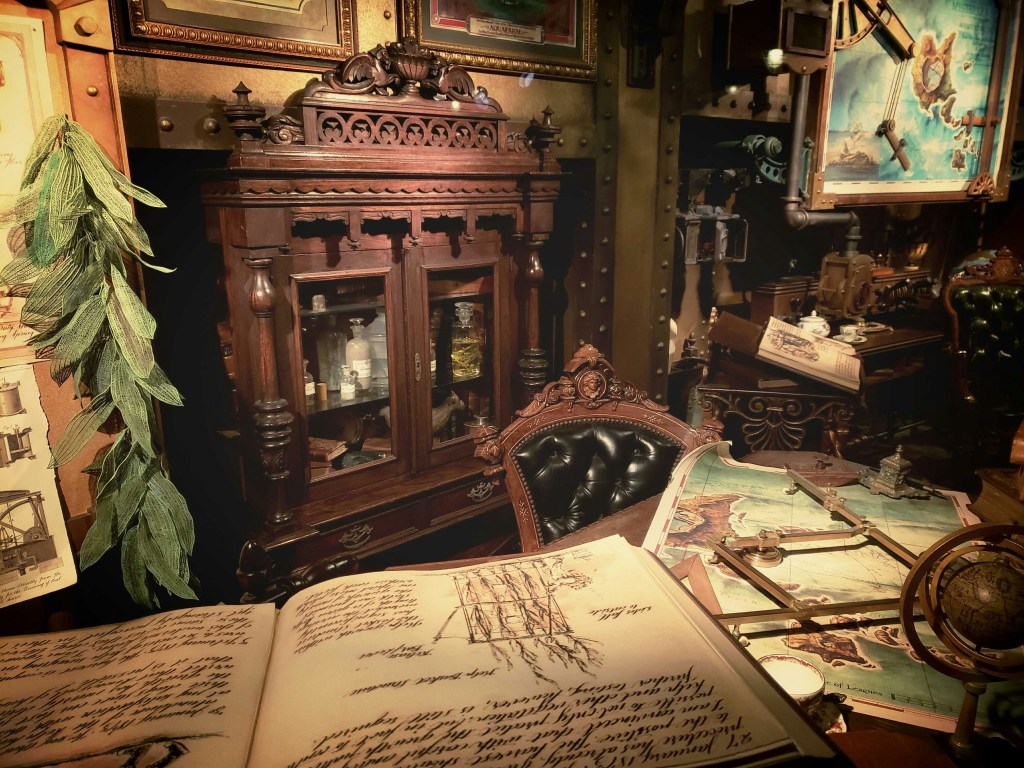
Museum Spotlight: FIT’s “Fashioning Wonder” Exhibition
The Museum at FIT’s exhibition, “Fashioning Wonder: A Cabinet of Curiosities,” presents a unique approach to curating nearly 200 fashion and object-based curiosities.
This modern museum exhibition draws inspiration from historical cabinets of curiosities, encouraging visitors to engage with the items and their narratives. Rather than focusing only on blockbuster shows, it highlights the captivating relationship between fashion and history. By blending elements of 16th-century cabinets, like intricate accessories and rare objects, the exhibition creates an innovative experience.
Thematic exploration
“Fashioning Wonder” exhibition features ten distinct themes, each illuminating a unique aspect of fashion through the lens of curiosity. Notable among these include:
- Specimens theme, which includes glass jars containing objects that evoke the essence of scientific specimens.
- Anatomical Theatre, where designs inspired by the human form showcase textiles mimicking bones and organs, inviting contemplation on the intersection of biology and fashion.
- Kunstkammer, or the “chamber of art,” celebrates fine art history by drawing inspiration from canonical artworks, revealing how these masterpieces have influenced contemporary fashion design.
Museum experience
“Fashioning Wonder” exhibition offers a multifaceted sensory experience for modern museum-goers. Each theme engages the senses, drawing individuals into a world where curiosity reigns supreme. The exhibition invites exploration, reflection, and a deeper understanding of the objects that adorn our lives, all while embracing the cabinet of curiosities.
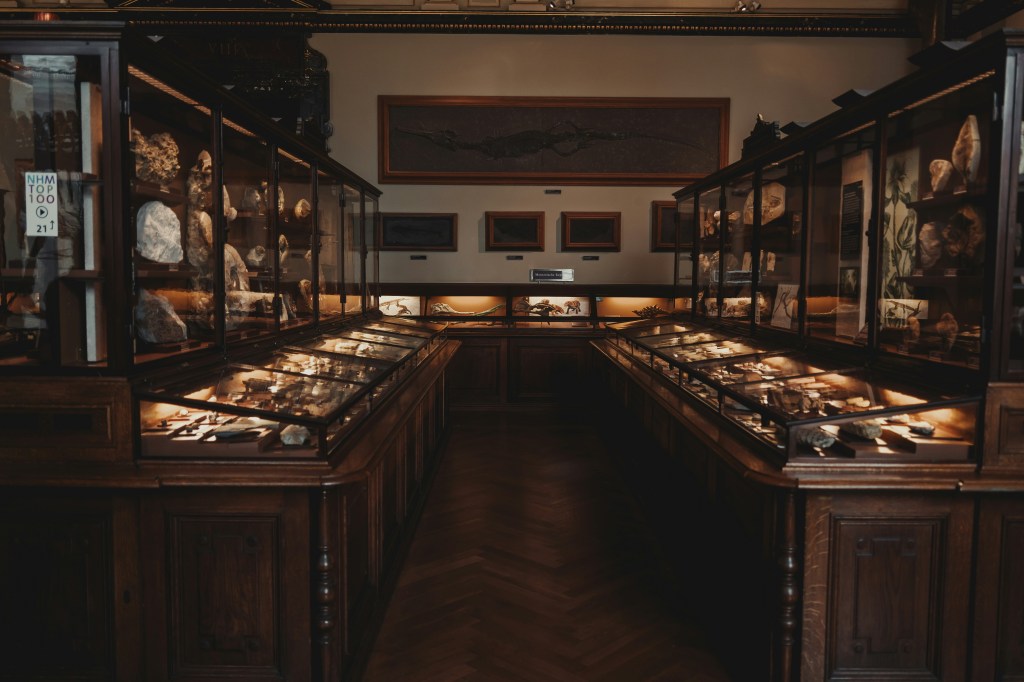
Global Exhibitions: Venice’s “Cabinet of Wonders” at Palazzo Grimani
The Venice exhibition, titled “Cabinet of Wonders,” beautifully revives the themes of the 16th-century Wunderkammer, exploring the fascination for collections that celebrate the extraordinary. Set in the historical Museo di Palazzo Grimani, this exhibit reinforces the enduring appeal of tangible wonders, offering a stark contrast to our increasingly digital age. Visitors are drawn to the allure of physical artifacts, such as narwhal tusks and a diverse array of exotic objects, which ignite the imagination and spark curiosity.
Eclectic collections
The Grimani Cabinet of Wonders showcases an eclectic mix of 19th-century scientific discoveries alongside art sourced from various museums and private collections. This carefully curated display includes an assortment of pressed flowers, miniature stuffed crocodiles, and a variety of herbs and seashells. In addition to the natural specimens, the exhibition features thought-provoking human anatomy pieces, such as ornate skulls and anatomical hearts. The integration of paintings and medical illustrations blends art and science, encouraging visitors to reflect on the interconnectedness of knowledge.
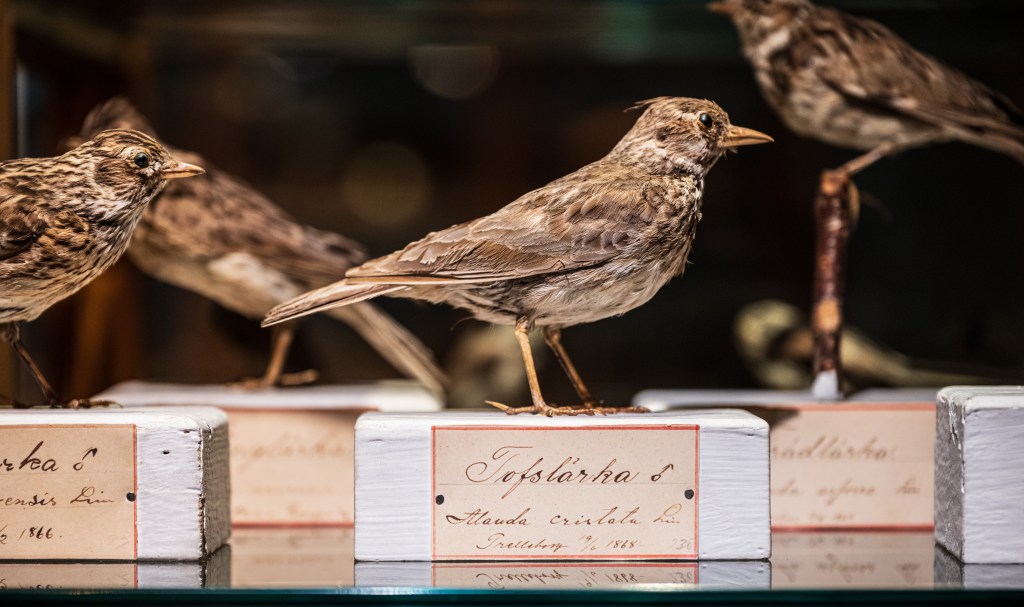
DIY Collectors: Building Your Own Cabinet of Curiosities
Creating a cabinet of curiosities can be a deeply fulfilling and personal endeavor. It’s all about collecting items that resonate with your interests and passions.
Collecting tips
Here’s how to embark on this unique journey:
- Start Small: When starting your collection, remember that you don’t need to fill your cabinet at once. The joy of curating lies in the process, so beginning small lets you choose pieces that genuinely resonate with you.
- Mix Elements: An eclectic cabinet combines natural and man-made items. Naturalia includes pressed flowers, leaves, shells, and ethically sourced taxidermy. Artificialia features human-created objects like vintage tools, art, books, and unique collectibles.
- Source Rare Items: To make your collection truly stand out, seek out rare and unique pieces. Explore antique shops, thrift stores, auction sites, and estate sales to find remarkable items that enhance your cabinet’s theme. The thrill of the hunt can lead you to unexpected discoveries that will add depth and interest to your collection.
- Create a Thematic Display: Focusing on a specific theme can guide your collection process. Reflect on what inspires you and what emotions you want to evoke through your cabinet of curiosities. Consider questions such as: What do you genuinely love? What feeling or narrative do you want to convey? This will help you curate a cohesive and engaging display that reflects your personal taste. If you get stuck, check out museums like the Metropolitan Museum for inspiration.
- Make it Yours: Your cabinet of curiosities should be a true reflection of your personality. Feel free to juxtapose modern and vintage elements or explore oddities that might draw your attention. The beauty of this collection lies in its diversity and individuality. Embrace your unique aesthetic and allow your cabinet to evolve over time, showcasing pieces that resonate with you. There are no wrong choices—just your personal vision!
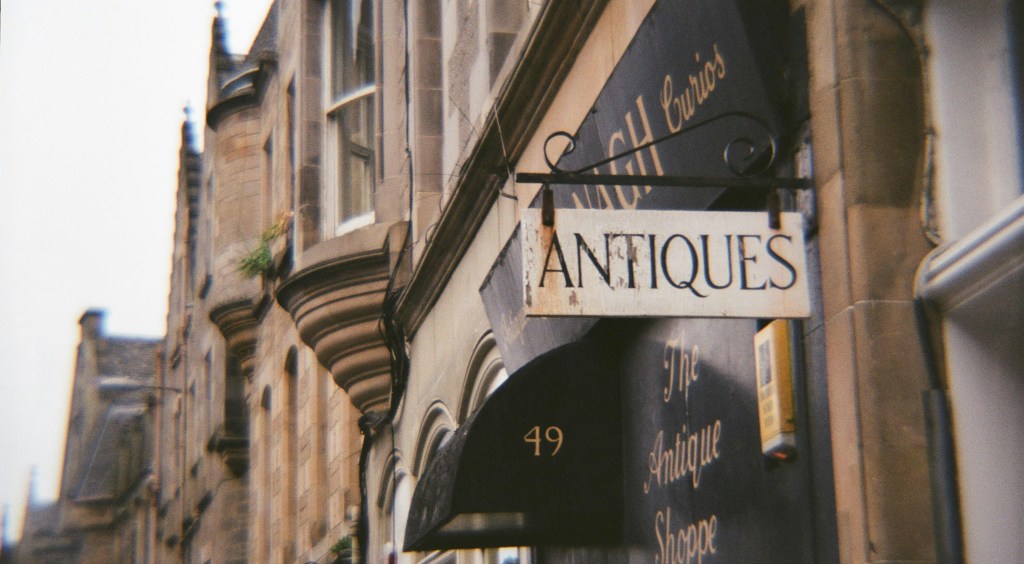
Cultural Meaning: Why Cabinets Resonate Today
In the digital age, cabinets of curiosities have emerged as powerful symbols of reclaiming physicality and curiosity. These physical collections invite us to engage with tangible objects that evoke narratives and transformations, contrasting sharply with the endless scroll of online content.
Each item tells a story, encouraging deeper reflection on our own experiences. A cabinet filled with curated pieces sparks curiosity and cross-disciplinary fascination. It merges art, science, and culture into a rich, interconnected narrative, enriching our understanding of the world.
Ultimately, these cabinets of curiosity represent individuality and creativity, embodying our enduring desire for connection and meaning. In an era where technology reshapes our interactions, embracing physical collections allows us to nurture curiosity and personal narratives.
Sources
https://en.wikipedia.org/wiki/Cabinet_of_curiosities
https://www.metmuseum.org/essays/collecting-for-the-kunstkammer
https://www.mooshme.org/2013/01/back-to-the-future-from-wunderkammer-to-contemporary-museum/
https://rauantiques.com/blogs/canvases-carats-and-curiosities/what-is-a-cabinet-of-curiosities-wunderkammer-kunstkammer-and-beyond
https://www.fitnyc.edu/museum/exhibitions/fashioning-wonder/index.php
https://observer.com/2025/01/review-palazzo-grimani-a-cabinet-of-wonders-venice-exhibition/
https://www.sothebys.com/en/articles/collecting-the-curious-the-odd-fascination-of-wunderkammers
https://www.architecturaldigest.com/story/is-the-cabinet-of-curiosities-making-a-comeback
https://www.ft.com/content/3c14a4d4-1756-40bc-9d69-beb0ece7fccc
https://www.architecturaldigest.com/story/is-the-cabinet-of-curiosities-making-a-comeback
https://www.dailyartmagazine.com/cabinets-of-curiosities/
https://www.smithsonianmag.com/history/how-cabinets-of-curiosities-laid-the-foundation-for-modern-museums-180983265/
https://lubar.medium.com/cabinets-of-curiosity-a134f65c115a
https://www.fitnyc.edu/museum/exhibitions/fashioning-wonder/index.php
https://blog.biodiversitylibrary.org/2017/05/ole-worms-cabinet-of-wonder-natural-specimens-and-wondrous-monsters.html
https://academic.oup.com/jhc/article/35/2/211/6760969
About Collectibles Insurance Services
Collectibles Insurance Services has been protecting collections since 1966 and all coverage is provided by a carrier with a group rating of “A” (Excellent) by AM Best, the leading rating agency for the insurance industry.
Comprehensive coverage includes, but is not limited to: accidental breakage, burglary, fire, flood, loss in the mail, theft, natural disasters, and other causes of loss unless specifically excluded from the policy. Deductibles start at $0 for collector policies and we provide coverage for the market value of your collection for losses in excess of $50.
Additionally the protection extends At home and away, and we don't require collection itemization and serial number nor extensive paperwork and red tape.
